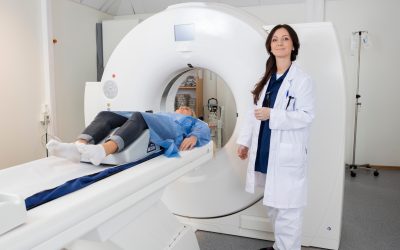One of the things that can frighten people the most when it comes to surgery is the unknown. It can be a huge relief to finally get a diagnosis for a problem that has given you grief for a while. Putting a name to it helps, and it can even help to know the name of the procedure that you now need to fix it. Still, some people worry simply because they aren’t sure what the surgery involves. Heart valve replacement surgery seems explanatory enough, but people can still get concerned about what the procedure is actually like. Although procedures may differ slightly based on your personal situation, here is an idea of what you can expect from such surgery.
One of the first things that your surgeon will probably decide is how to get access to whatever valve is in need of repair or replacement. The heart has 4 valves that are responsible for blood flow: the mitral, the aortic, the tricuspid, and the pulmonary. Sometimes the valves can be accessed without a surgical incision, such as by feeding a catheter through the groin. In other cases, a few small incisions or ports may be made and the repair done through the space between the ribs. These options are minimally invasive; some heart valve replacement surgery options may not necessitate breaking through the breastbone or stopping the heart. Your surgeon will likely discuss your best surgical options with you.
Once access to the affected valve is acquired, your surgeon may repair it or replace it. There are 3 main replacement valves that could be used: mechanical, biological, and homograft. A mechanical valve is made up of completely mechanical parts and usually consists of carbon and polyester knit fabric. A biological valve can be made up of either human or animal tissue (usually pig or cow). Homograft, which is also known as allograft, comes from a donated human heart.
Heart valve replacement surgery doesn’t have to harbor a lot of fears for you. It can be a minimally invasive procedure that might involve creating a few small ports and placing a new type of valve into your heart. In some cases, you might not even need to stop the heart. Your surgeon will likely discuss with you which options might be best in your situation. Don’t be afraid to ask questions to quell any additional unknowns that you might face.
These days, heart valve replacement surgery can be completed with minimal invasion. If one of your biggest fears of heart valve replacement surgery is not knowing what it involves, talk to your doctor or surgeon today. Visit SafeMedTrip Consultants Pvt. Ltd.



